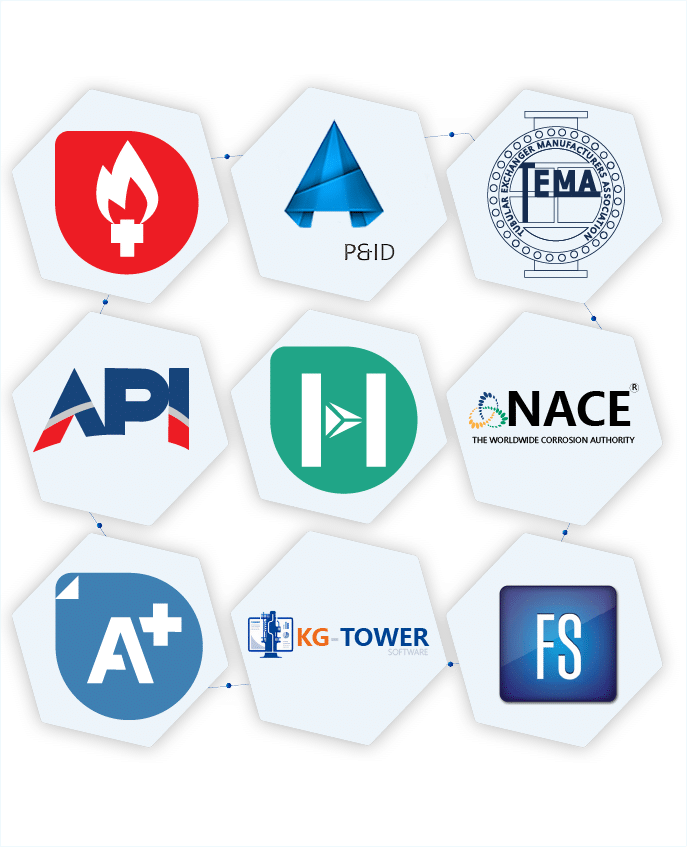Shape your career with our comprehensive and global Graduation Program.

Welcome to EIEPD where we empower you with expertise in the full spectrum of process engineering software and industry standards. From HYSYS to P&IDs and beyond, we ensure you’re well-versed in the tools that drive success in process engineering.

At EIEPD we offer a wide array of services in process engineering. From specialized training programs and workshops to expert consultations and we are your partner in achieving excellence in process engineering.

At EIEPD, we specialize in empowering operation engineers to expand their expertise into the realm of design. Our programs bridge the gap between operation and design aspects, equipping engineers with the knowledge and skills needed to excel in both areas. Join us to elevate your career and become a well-rounded professional in process engineering.

For chemical engineering graduates, EIEPD is your gateway to mastering process design. Our tailored programs empower graduates with the expertise required to excel in process design, enabling them to contribute effectively to various stages of the engineering process. Join us to bridge the gap and become a well-rounded process engineering professional.

Based on our experience in design and operation, industry demands graduates to be competnet in sizing, design and start-ups.
Our Graduation Program nurture their knowledge beyound industy emands.


Based on our experience in design and operation, industry demands graduates to be competenet in sizing, design and start-ups.
Our Graduation Program nurtures their knowledge beyound industy demands.










I appreciated the inclusion of real-world examples and case studies. It’s always helpful to see how These principles are applied in practical situations. The video provided in-depth explanations about How to use the software and how to make decision To choose the parameters. This level of detail is valuable for anyone wanting to understand the topic thoroughly.

Senior process engineer
UK
C-Capture
“As a junior process engineer working in an EPCM, I run into process issues quiet often. EIEPD is the first platform I found and helped me understand the way oil and gas processes function. During my training I learnt how not only to read, but design PFDs/P&IDs, how to design a separator, a heat exchanger, a PSV and the list can go on! It’s impressive how an online training can provide someone with so much practical knowledge and make real life examples seem so simple. Thank you EIEPD!”

Junior process engineer
Greece
TWD Technologies ltd
Educational Institute for
Equipment and Process Design
We at EIEPD show you the way to become professional in oil and gas industry